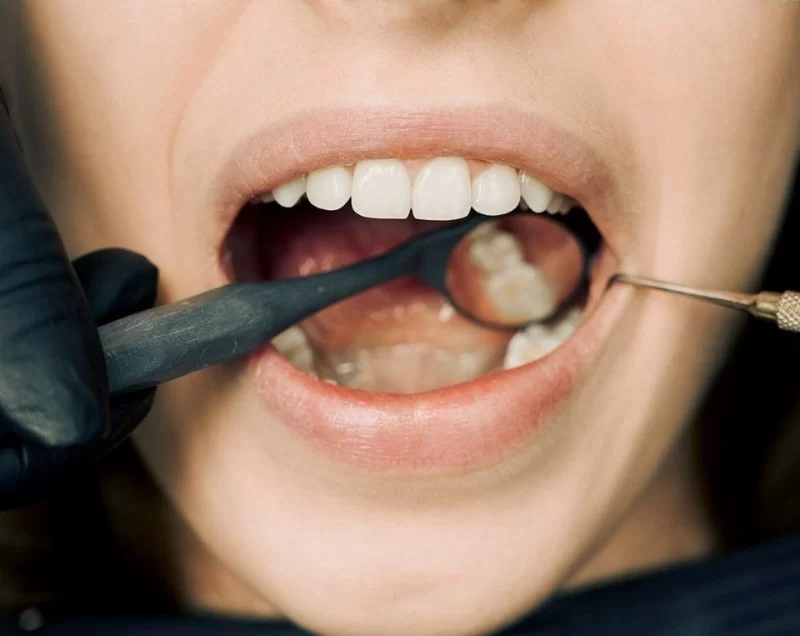
1. The Overlooked Link Between Oral Health and Respiratory Illness
1.1 What Many Don’t Know About the Mouth-Lung Connection
For decades, oral hygiene has been promoted mainly for preventing cavities and gum disease. But for millions of Americans living with chronic respiratory conditions—like COPD, asthma, or bronchiectasis—the condition of their mouth may hold more weight than they realize. When oral hygiene is poor, harmful bacteria from the mouth can migrate into the lower respiratory tract, triggering infections or worsening existing conditions.
A study from the American Thoracic Society highlighted that patients with poor oral hygiene had an increased rate of respiratory infections due to aspirated oral pathogens. The mouth, often thought of in isolation, is actually a gateway to the lungs—especially in compromised individuals.
2. How Bacteria Travel from Mouth to Lungs
2.1 The Role of Saliva and Microbes
Saliva constantly bathes the mouth, helping to regulate bacteria levels. However, in respiratory patients—especially those on oxygen therapy or taking certain medications—dry mouth is a frequent issue. This lack of saliva means bacteria can accumulate rapidly.
When these bacteria are inhaled or aspirated during sleep or eating, they can enter the lungs. For a healthy individual, this might not pose a serious issue. But for someone already battling a respiratory illness, this microbial invasion can cause inflammation, infections like pneumonia, and exacerbate breathlessness.
3. Real-World Case: When a Dental Issue Turned into a Respiratory Crisis
3.1 The Story of Mike – A Veteran with COPD
Mike, a 62-year-old veteran from Ohio with a history of COPD, began experiencing recurring chest infections that were initially attributed to environmental triggers. However, after his third hospital visit in six months, a thorough evaluation revealed extensive plaque buildup and gum disease. The bacteria from his neglected teeth were being aspirated into his lungs. After beginning regular cleanings and improved oral care, Mike's infections significantly declined.
His pulmonologist worked with a dental team to create a care plan that emphasized both brushing and periodontal health, ultimately reducing his ER visits and improving quality of life.
4. Common Dental Issues that Pose Risks to Respiratory Patients
4.1 Gum Disease and Periodontitis
Gingivitis and periodontitis are inflammatory conditions caused by bacterial buildup. When left untreated, they can cause gum recession, tooth loss, and a surge in harmful microbes. For respiratory patients, this microbial load becomes a dangerous reservoir for infection.
4.2 Dental Plaque and Biofilm Formation
Biofilms—sticky colonies of bacteria—form along teeth and dentures. These biofilms, once dislodged by swallowing or breathing, can settle into the lower respiratory tract. Routine brushing and professional cleanings are essential to disrupt these formations before they enter the lungs.
4.3 Tooth Decay and Its Hidden Dangers
Cavities aren't just cosmetic. In respiratory patients, decayed teeth can house harmful pathogens that find easy pathways to the lungs through aspiration or bloodstream infection. This is especially true in elderly individuals or those with limited mobility.
5. Safe Oral Care Practices for Respiratory Patients
5.1 Choosing the Right Dental Tools
Use a soft-bristled toothbrush to avoid gum injury and a fluoride toothpaste to strengthen enamel. For those with limited dexterity due to conditions like arthritis, electric toothbrushes can be a great option. Dental floss or interdental brushes help clean tight spaces that harbor bacteria.
5.2 Importance of Professional Dental Cleanings
Semi-annual dental cleanings remove tartar and detect gum inflammation early. Dental teams can also provide fluoride treatments and personalized oral care plans—especially crucial for respiratory patients on medications that dry out the mouth.
5.3 Denture Hygiene and Inhaler Care
Denture wearers must clean their appliances daily to prevent fungal growth and bacterial buildup. Also, patients using steroid inhalers should rinse their mouths after use to avoid infections like oral thrush.
6. Medications and Their Impact on Oral Health
6.1 Steroids and Dry Mouth
Many respiratory patients rely on corticosteroids to manage inflammation. While effective, these drugs can cause oral thrush and gum irritation. Regular dental check-ups help spot these side effects early.
6.2 Antihistamines and Oxygen Therapy
These treatments often lead to dry mouth, reducing the saliva needed to control bacterial populations. Drinking water, using sugar-free lozenges, and incorporating saliva substitutes may help manage this.
7. Preventing Hospitalizations Through Oral Health
The Centers for Disease Control and Prevention (CDC) report that oral infections significantly contribute to hospital-acquired pneumonia, especially in older adults. With respiratory patients being at higher risk, maintaining oral hygiene isn't optional—it's life-saving.
Families and caregivers of vulnerable individuals must be educated on daily dental care, recognizing signs of oral infection, and ensuring timely access to dental services.
8. How Family Dentistry Online Supports Respiratory Patients
At Family Dentistry Online, we understand that respiratory health and dental care go hand-in-hand. Our team specializes in working with patients who have chronic illnesses, tailoring hygiene practices that are safe, effective, and easy to manage at home.
Whether you're seeking routine care or managing a chronic condition, we are here to support your whole-body wellness—starting with a healthier mouth.

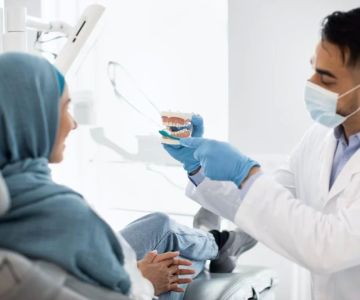

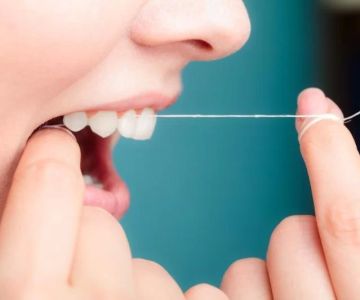
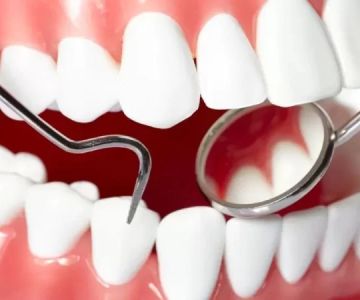

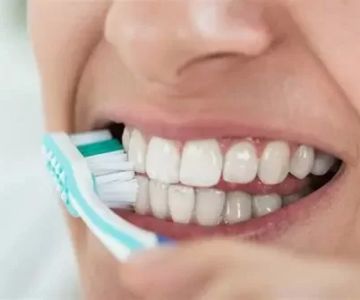
 South Mississippi Smiles - Gulfport4.0 (454 review)
South Mississippi Smiles - Gulfport4.0 (454 review) Dr. Deeptha Surampudi, Crescent Family Dental0.0 (0 review)
Dr. Deeptha Surampudi, Crescent Family Dental0.0 (0 review) Cherokee Family Dental: McDonald Kristen DMD5.0 (1 review)
Cherokee Family Dental: McDonald Kristen DMD5.0 (1 review) Dr. Paul V. Gallo, DDS3.0 (13 review)
Dr. Paul V. Gallo, DDS3.0 (13 review) Precision Oral Surgery and Implants4.0 (127 review)
Precision Oral Surgery and Implants4.0 (127 review)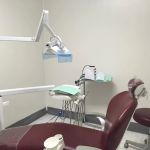 Ana C Melnyk Dentistry: Melnyk Ana C DDS4.0 (25 review)
Ana C Melnyk Dentistry: Melnyk Ana C DDS4.0 (25 review) The Importance of Oral Health Education During Pregnancy for a Healthy Pregnancy
The Importance of Oral Health Education During Pregnancy for a Healthy Pregnancy Best Tips for Brushing Your Teeth Properly for Healthy Gums: Essential Techniques for Oral Health
Best Tips for Brushing Your Teeth Properly for Healthy Gums: Essential Techniques for Oral Health Why Skipping Dental Checkups Can Lead to Bigger Oral Health Problems
Why Skipping Dental Checkups Can Lead to Bigger Oral Health Problems Advantages of Porcelain Dental Restorations
Advantages of Porcelain Dental Restorations How Can Diabetes Cause Tooth and Gum Problems? Preventing and Managing Oral Health Issues
How Can Diabetes Cause Tooth and Gum Problems? Preventing and Managing Oral Health Issues Healthy Habits for Promoting Good Oral Health and Hygiene: Tips for a Healthy Smile
Healthy Habits for Promoting Good Oral Health and Hygiene: Tips for a Healthy Smile